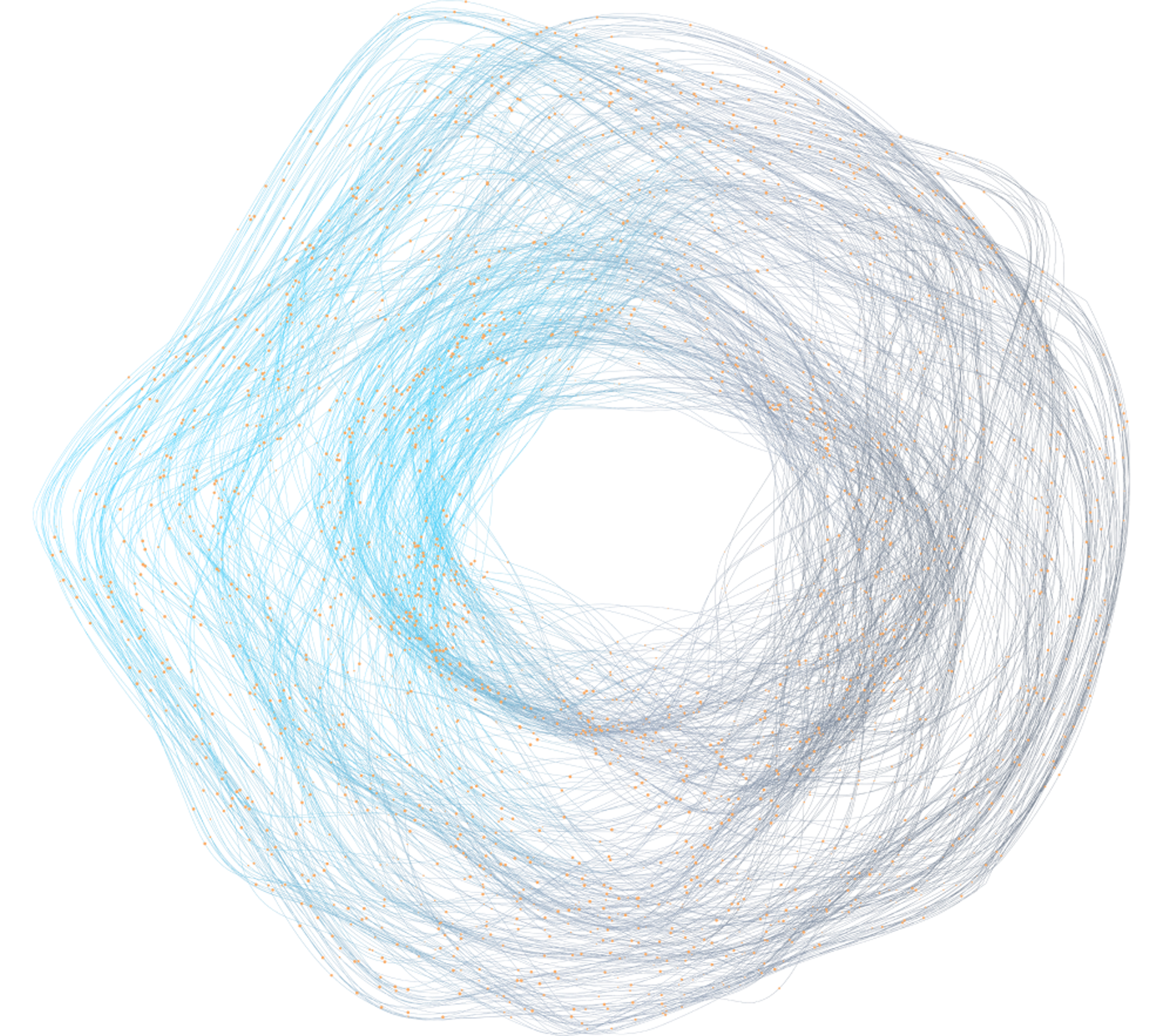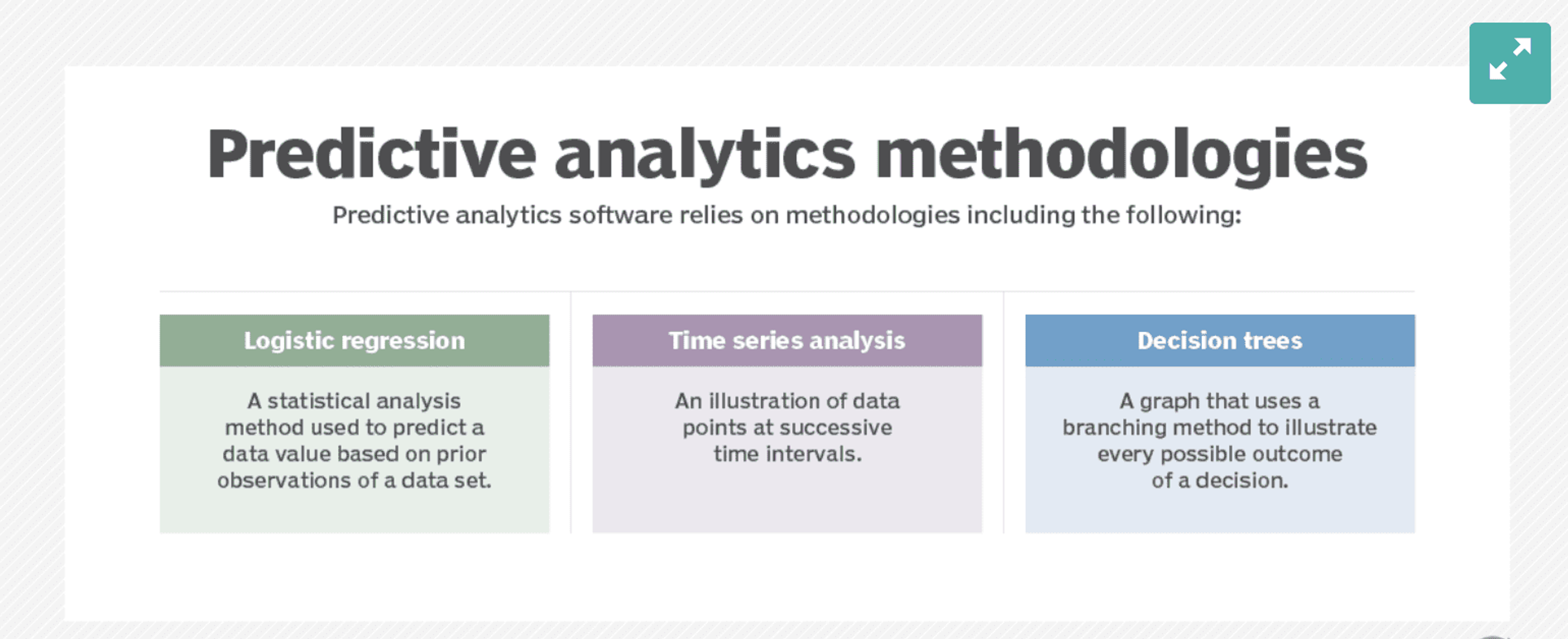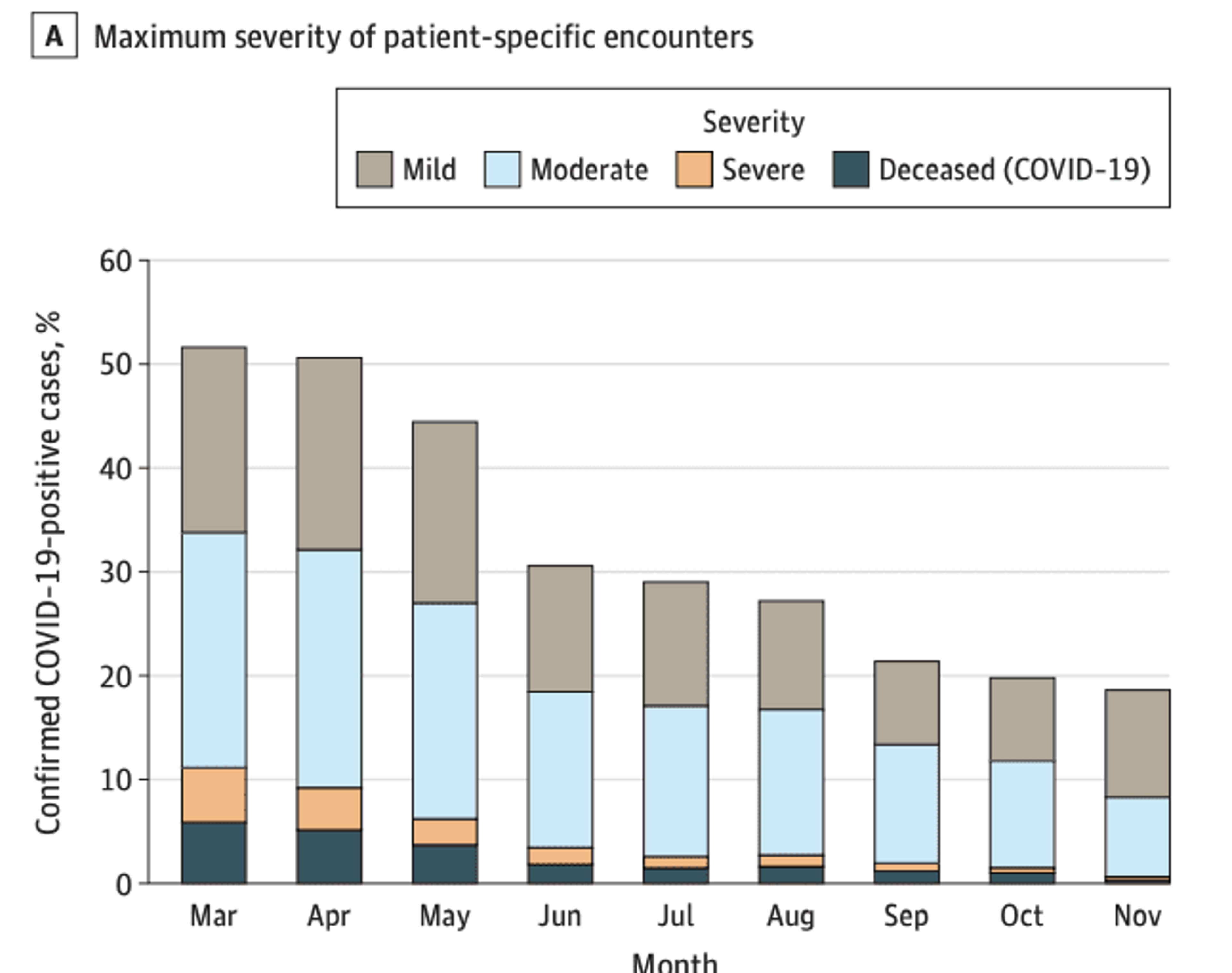blog
5 Applications of Predictive Analytics in Healthcare

SECTIONS
Data has become an increasingly valuable resource in today’s fast-paced digital world. Regardless of industry or sector, organizations that analyze the data they record for predictive insights consistently outperform those that do not by a margin of 58%Opens in a new tab. As the data collection rate continues to rise exponentially over the coming decade, the public health value of predictive analytics in healthcare will scale proportionally, allowing healthcare organizations to streamline their operations and provide better overall care to patients.
Healthcare data analytics is on pace to reach a global market value of $78 billionOpens in a new tab by 2027 and already accounts for 30% of big data by volume. Organizations that want to provide the highest standard of care and allocate their resources effectively cannot afford to ignore the potential for improvement represented in this growing field. In this guide, you’ll learn how healthcare organizations can apply predictive analytics administratively and at the point of care.
Key Takeaways
- Predictive analytics turns large volumes of raw data into actionable insights.
- Healthcare organizations collect and manage increasingly large amounts of data that contain valuable potential insights.
Predictive analytics can help healthcare organizations make better, data-driven decisions in patient care and resource management.
What is Predictive Analytics?
Predictive analytics refers to a set of statistical analysis techniques combining methods used in data mining, predictive modeling, AI, and machine learning. Predictive analytics attempts to use large data sets of known facts in a given field or scenario to assign probabilities to a range of potential future outcomes. Predictive analytics can serve as a probabilistic guide to improved decision-making in complex systems that yield a wide range of seemingly unpredictable outcomes.
Various industries and fields employ predictive analytics in their decision-making processes, including:
- Marketing
- Finance
- Security
- Insurance
- Law Enforcement
- Business Management
- Social Networking
- Healthcare
While these applications are diverse, predictive analytics accomplishes the same task in each instance. Analysts use large data sets of past events to assign probability scores to factors that may determine the outcome of a complex event. This is a standard three-step process.

Image source: https://www.techtarget.com/searchbusinessanalytics/tip/Predictive-analytics-in-healthcare-12-valuable-use-cases
- Logistic Regression: A binary statistical method for determining the most likely of two possible outcomes
- Time Series Analysis: A statistical method for mapping events at regular intervals
- Decision Trees: Analytical tools for visualizing a range of possibilities
5 Predictive Analytics Applications in Healthcare
Predictive analytics has valuable applications in healthcare. Access to actionable insights from the vast quantities of data stored in patient and clinical records can result in better treatment standards and quality of life improvements for patients and care providers. Data management through predictive analytics can reduce unnecessary expenses and ensure optimal resource allocation for organizations such as hospitals and insurance providers.
Here are five promising healthcare applications for predictive analytics.
1. Clinical Predictions
Care providers can apply machine learning algorithms to patient data and past outcomes in clinical contexts to model future trends. Specifically, the probabilities identified by analytics allow care providers to anticipate various medical conditions before onset.

Image source: https://jamanetwork.com/journals/jamanetworkopen/fullarticle/2781923
A notable application of predictive analytics in clinical assessments occurred during the Covid-19 pandemic. The US National COVID Cohort Collaborative subjected patient data from 174,568 previous Covid hospitalizations to machine learning models to map severity trajectories over time. Using the study to identify high-risk patients early, care providers effectively lowered the mortality rate for patients in their care from 16.4% in March of 2020 to 8.6% in September.
2. Assessing Patient Engagement and Behavior
Time and resources lost in missed appointments and disregarded regimens of treatment and medication constitute a substantial drain on healthcare organizations and limit their ability to allocate valuable resources effectively. Applying predictive analytics and behavioral science to patient data has proven successful in determining which patients exhibit a high risk for no-shows or poor adherence to prescribed treatment. Equipped with these insights, administrators can schedule early interventions or assign a more frequent schedule of contact to elevate overall levels of patient engagement.
3. Early Intervention for Disease Progression and Comorbidities
Physicians have long understood the life-saving value of early intervention in progressive diseases and disease conditions with comorbidities. However, early intervention often remains well-intentioned guesswork without sufficiently powerful analytical tools to handle data sets large enough to smooth out outliers.
Recently, healthcare institutions have begun using predictive analytical methods to interpret large volumes of case histories in progressive diseases. This application has already delivered promising results in risk assessment for cardiovascular disease and complications associated with diabetes. Improving overall treatment efficacy for widespread chronic diseases can produce a ripple of long-term benefits in healthcare organizations as fewer patients progress to critical conditions and care providers can address other needs.
4. Resource Allocations and Acquisitions
Healthcare organizations manage vast networks of resources in complex systems. At the scale of national organizations, even statistically small margins of misallocations have far-reaching consequences. When organizations apply predictive analytics to identify seasonal or regional patterns in resource consumption, they can develop more agile resource management practices and act in advance of future needs.
5. Hospital Overstays and Readmissions
Healthcare organizations need to manage critical, efficient, limited resources such as hospital beds to provide the highest standard of care to the patient community at large. Hospital overstays tend to accumulate in most traditionally managed systems. Overstays not only drive-up costs and patient wait times. They also expose patients to unnecessary risks of secondary infection.
Alternatively, when patients are discharged too early in the course of their treatment, the chance they will require readmission goes up. Predictive analytics can determine the average hospitalization duration by condition and patient data such as age and medical history. Organizations can adjust treatment plans to deploy rooms and beds more effectively to recognize outliers early with established criteria.
Master Data Management Designed for Healthcare
Coperor by Gaine is an industry-first master data management platform designed by healthcare professionals for healthcare professionals. As data sources in healthcare proliferate and obscure real-time visibility into vital information scattered across partitioned systems, organizations increasingly need a single source of truth in their day-to-day operations. Coperor provides precisely that.
To receive updates and vital healthcare news, subscribe to Gaine today.
